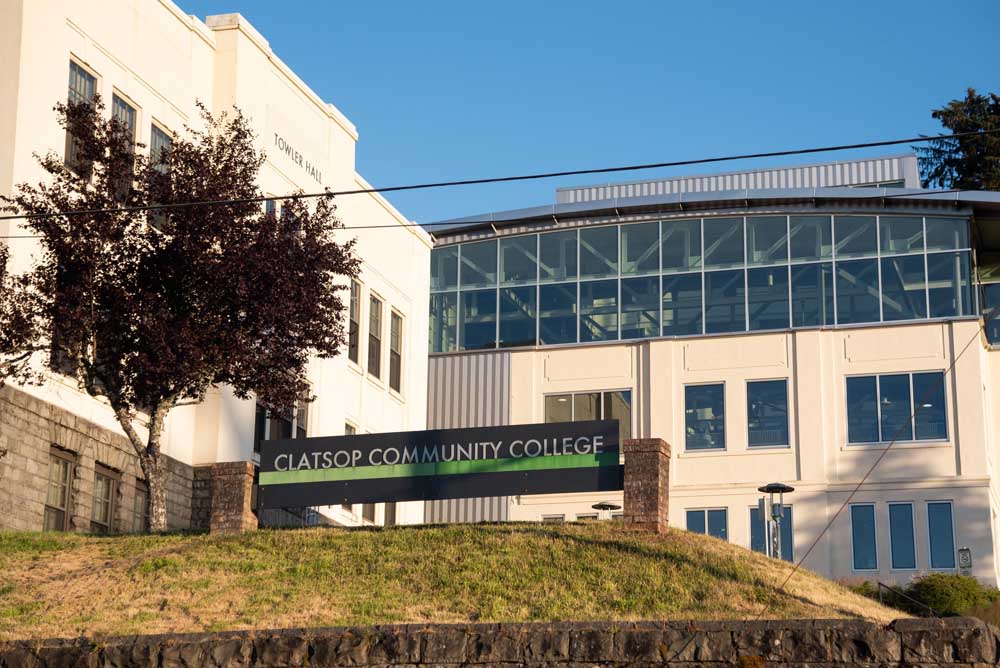A new ‘whey’ of profit at Tillamook Cheese
Published 5:00 pm Sunday, April 20, 2014
BOARDMAN When Tillamook Cheese came to Boardman in 2001, the focus was on processing curds, not whey.
Trending
But as whey protein becomes an increasingly popular dietary supplement especially for building muscle demand is on the rise. Lactose extracted from whey can also be used in products such as baby formula, or as a filler in pharmaceutical pills.
Looking to maximize the value out of every drop of milk, Tillamook recently finished a 65,000-square-foot expansion onto its cheese-making facility at the Port of Morrow to process both lactose powder and a dried whey protein concentrate called WPC 80.
At $90 million, the new plant added 40 jobs in Boardman and is expected to double Tillamooks revenue off whey and lactose-based products.
Trending
Most of your large dairies are doing this now, said Chris Stirk, manager of the combined plant operations. Were simply getting into more products to improve the bottom line. But were still a cheese company.
Whey and lactose are natural byproducts of cheese production. Tillamook brings in roughly 3.4 million pounds of milk per day at the port, of which 11 percent actually becomes cheese. That means approximately 374,000 pounds of cheese is made every day at the plant.
Milk is made up of mostly water about 87 percent. Another 4 percent is fat, and 9 percent non-fat solids.
Among those non-fat solids are casein proteins, used in making cheese, and whey which is separated out of the process.
After milk is curdled and strained, the remaining liquid whey stream is pumped from Tillamooks cheese plant over into the adjacent whey and lactose plant. Whey protein is filtered out of the solution, and lactose removed through reverse osmosis, so each can be individually dried and packaged.
Very little of the material is handled in the open, as everything is pumped through a system of tanks. The liquid passes first through filtration membranes, and on to the massive dryers that reach five floors high.
Theres not a lot of physical labor involved, Stirk said. Its all very automated.
A team of operators keep constant watch in the control room to monitor everything moving in and out of the tanks. After whey and lactose are dried into a fine powder, they are bagged and stored in the facilitys warehouse. The products are then shipped to domestic as well as export customers.
Any leftover water is either reused or recycled at the port. Nothing goes to waste, Stirk said.
Its all gone very well so far, he said.
For more information about the Tillamook County Creamery Association, visit www.tillamook.com.









